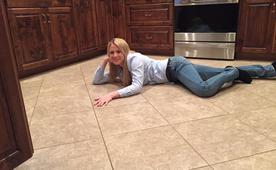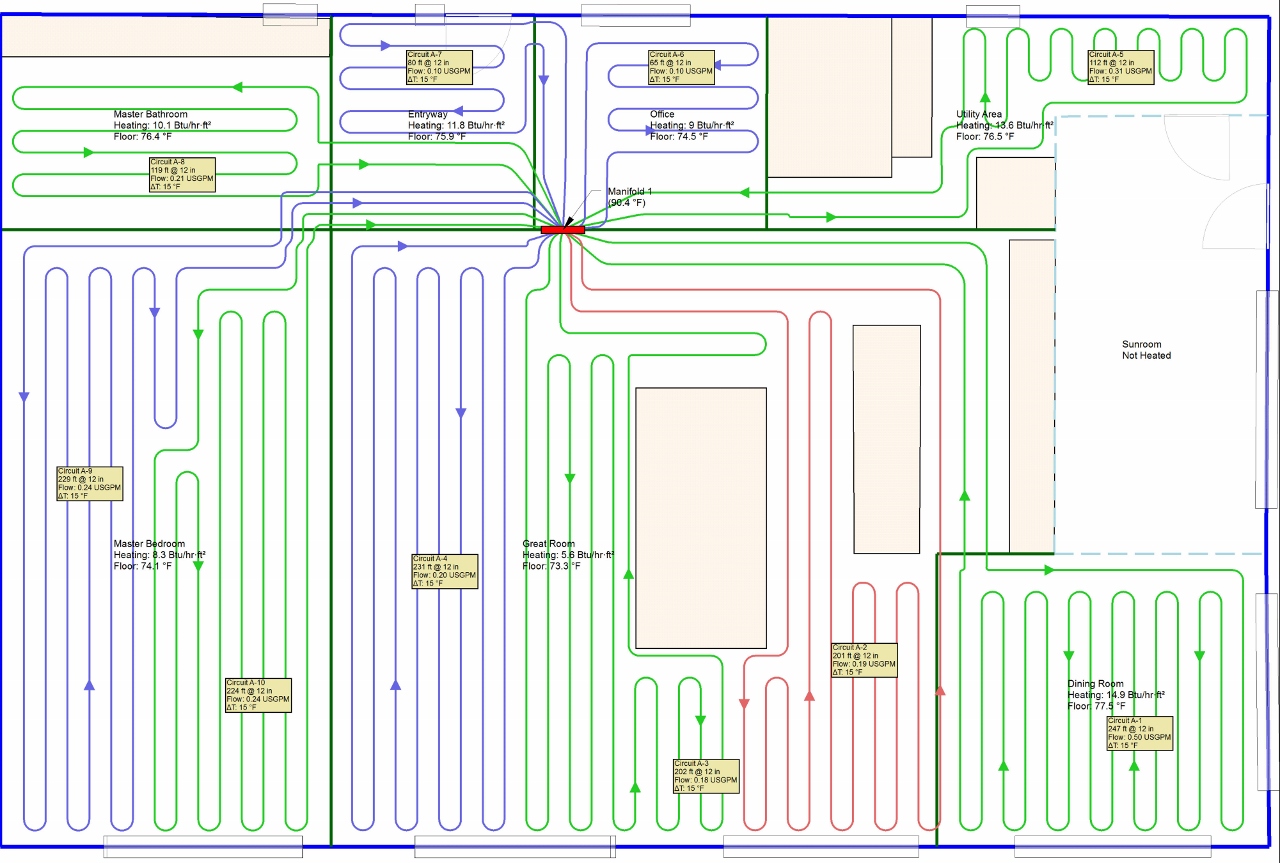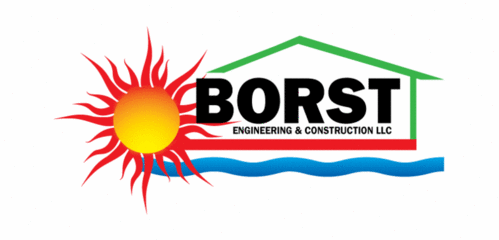Welcome to BORST ENGINEERING & CONSTRUCTION LLC
 | ||||
TM
Copyright © 2009-2024 by Borst Engineering & Construction LLC, All Rights Reserved
Competence, Integrity and Professionalism are integral to all that we do!
*** Established 2011 ***
Our Services
We provide national and international engineering and construction design/build professional services for commercial and custom residential projects. Our services include engineering analysis, design, consultation, product fabrication, and general contractor construction with a focus and passion in the following specialties:
Hydronic Radiant Floor Heating
Radiant heating is the effect you feel when you feel the warmth of the sun. A hydronic radiant floor heating system consists of a controller, boiler, pumps, distribution plumbing, manifold stations (often fitted with solenoid shutoff valves, flow rate balance valves and supply/return water temperature and flow rate gauges), and PEX tube placed within the floor of your building to successfully transform it into an efficient low temperature heat emitter. Hot water silently runs through this system to radiant heat your room from the floor up providing immediate and luxurious comfort to the building occupants. A hydronic radiant floor heating system does not actually heat the air like forced air or traditional electric heating systems and the heat does not rise to the ceiling where it does not benefit the building occupants and is more readily lost through the ceiling/roof insulation.
Radiant heat has been proven to be by far the most comfortable and efficient heating system available today. The lack of moving air can be advantageous to people with severe allergies or if you simply do not like a drafty home. Without the need for air vents or baseboard registers, you have no restriction in furniture placement and you have full control over room decor. A hydronic radiant floor heating system uses little energy which is a significant benefit for buildings located off the power grid or in areas with high utility expenses. A hydronic radiant floor heating system can be heated with a wide variety of energy sources including: conventional heat pumps and electric, propane, natural gas, fossil oil fired boilers; or unconventional solar water heaters and hydroelectric, vegetable oil, wood fired boilers; or some combination of these energy sources.
Passive Solar Cooling & Heating
Your building's roof, windows, walls, and floors can be designed to reject solar heat in Summer and collect, store, and distribute solar energy in the form of heat in Winter. This is called passive solar cooling & heating or climatic solar cooling & heating and this is really the first step toward environmentally friendly construction and reducing your utility expenses. Passive solar cooling can totally eliminate the need for air conditioning in low humidity, diurnal temperature climates. Passive solar heating can provide between 30 to 98% of your annual heating needs depending on your building's available south window area, construction materials/methods, location (i.e., latitude, orientation, and climate), and the overall integrated heating system design approach. A hydronic radiant floor heating system design that is fully integrated with the passive solar heating design is typically required to provide passive solar heating in excess of 50% of a building's annual heating needs in order to provide the necessary heat storage/rejection capability to address periods without sun and prevent overheating the building.
Water Work Projects
Largely as a result of requests by friends and associates, we became involved and skilled in engineering analysis, design, fabrication, and construction of various water work projects including dams, ditches, fish screen systems, irrigation systems, hydroelectric cross flow turbines (suitable for low head streams), hydraulic ram pumps (a method of pumping water without using electricity), ponds, reservoirs and water wheels. We are certified water right examiners and can assist you in satisfying the requirements to obtain your water right permit/certificate by submitting the required claim of beneficial use or transfer forms to the Oregon Water Resources Department.
For more detailed information on these subjects, please see our website Consultation and Calculators tabs.


